- info@naturebylennart.com

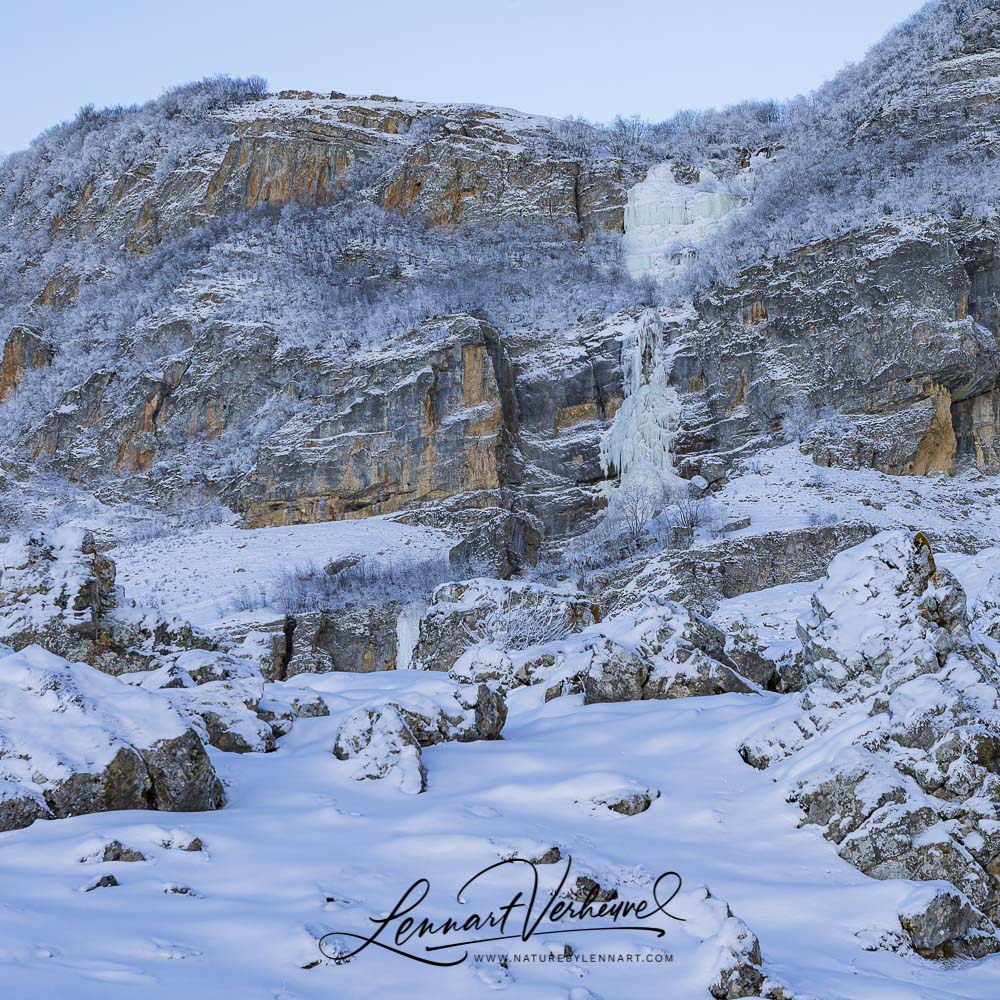
We have arrived in the Caucasus! The plan was to see the Siberian Crane Omid on migration during the first week of our time in Azerbaijan, but Omid decided otherwise and stayed in Iran, for the time being, in its wintering area. Before our stay in Azerbaijan would end we had planned a few more days of birdwatching in the Caucasian mountains and so we decided to go do that. The plan is to immediately return to southern Azerbaijan if Omid does fly. So we are now in the Caucasus! Along the way we already enjoyed beautifully colored rock formations, but in the higher areas there is mostly a lot of snow.
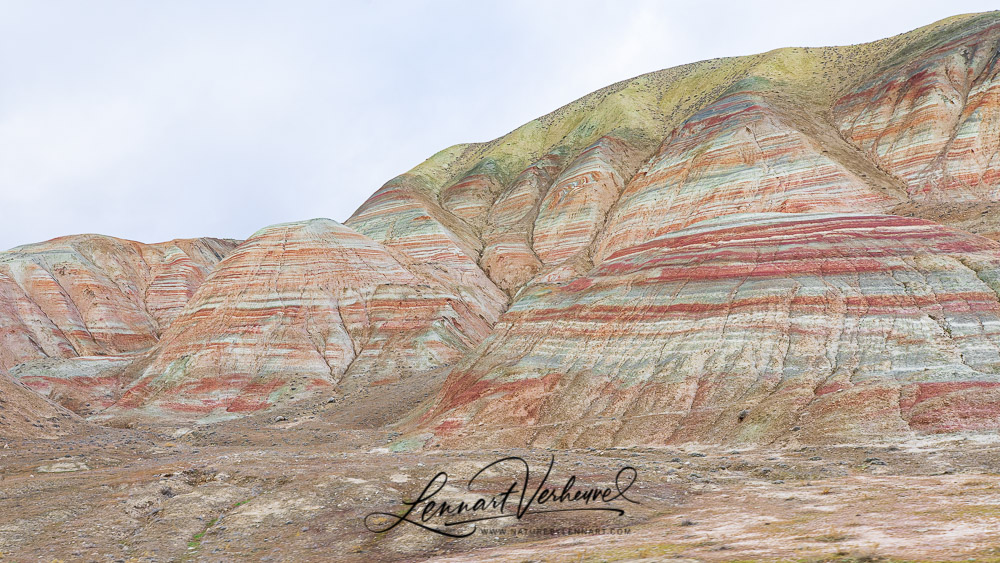
Planning a trip well is what I can recommend to anyone. The better the planning, the more you see! Yet the best travel stories usually come from the unexpected. Fortunately, experiencing unexpected things is also almost inevitable if you travel a bit adventurously even with good planning! Unexpected things can be a lot of things. The less pleasant things during the trip often lead to the best stories afterwards: that time you were stopped by the local police in the middle of the night, for example, or that moment when you drive backwards with the rental car and drive through a fence while the local neighborhood is watching. But luckily there are also unexpected things that you can actually enjoy while you are there!
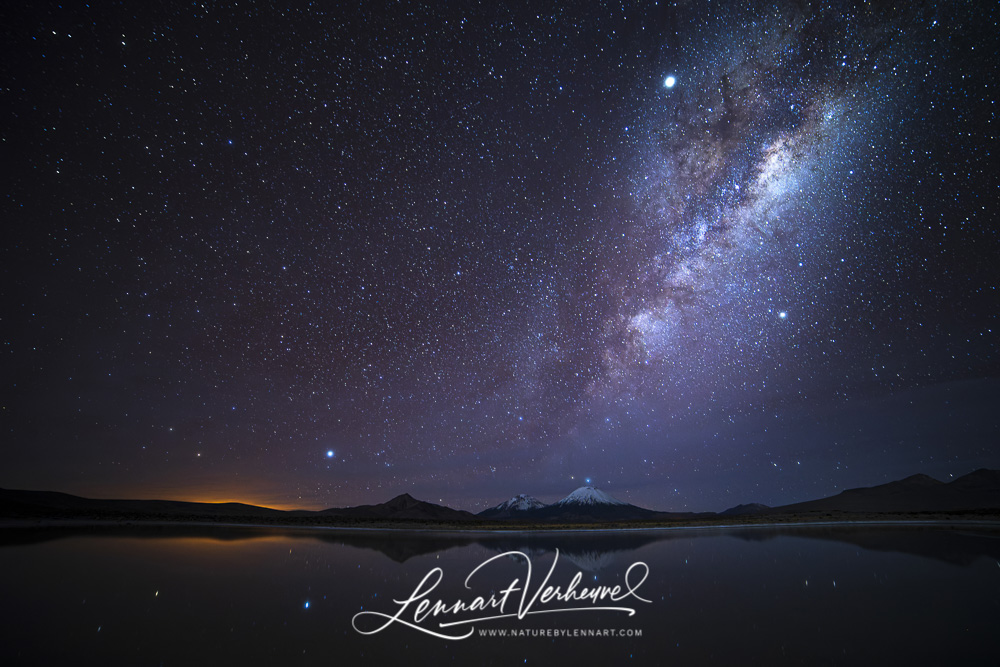
We have two weeks in the high Andes to search for some special cats that live at these high altitudes. Here it is possible to drive by car up to 4500 meters which is higher than I’ve ever been. Since it’s the dry season there is no rain. Together with the remote location and the high altitude this makes perfect conditions for watching stars.
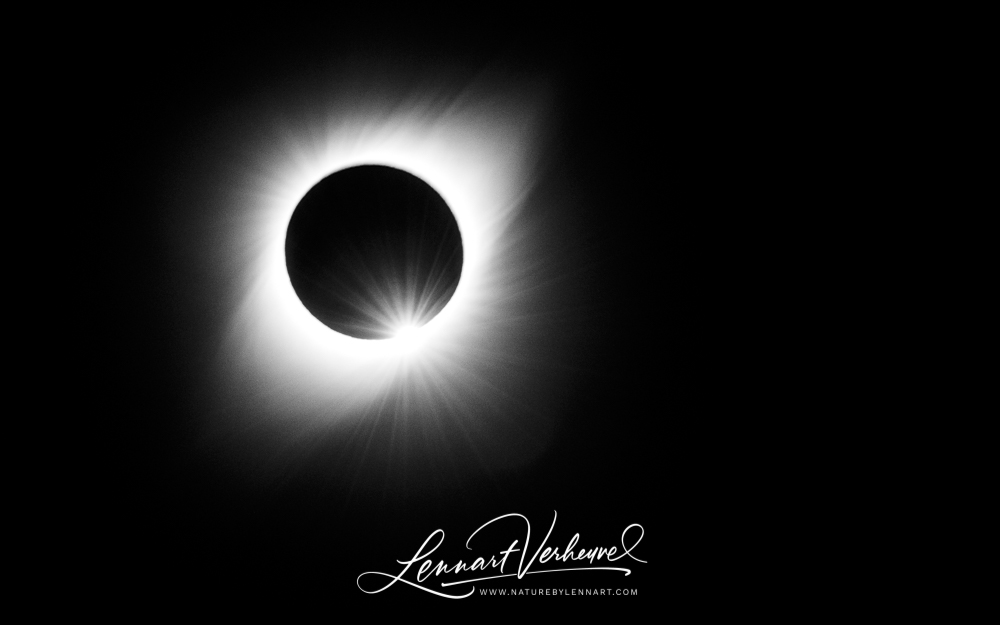
After a couple of great weeks in Patagonia we are back in Santiago. Not that there is much to be seen here: the real spectacle is still 500 kilometres away! I had already quite firmly set the schedule for my trip when I suddenly found out that on July the 2nd there would be a solar eclipse in Chile. Since experiencing a solar eclipse sounded like a really cool thing to do, I tried to fit it in. Since Chile is such an enormous country this required careful planning.

Patagonia has more to offer than just animals: the landscapes are pretty nice too! I also wanted to show something of that. Especially Torres del Paine offers some great views, both during the day and at night. See the gallery below for a selection of Patagonian landscapes!
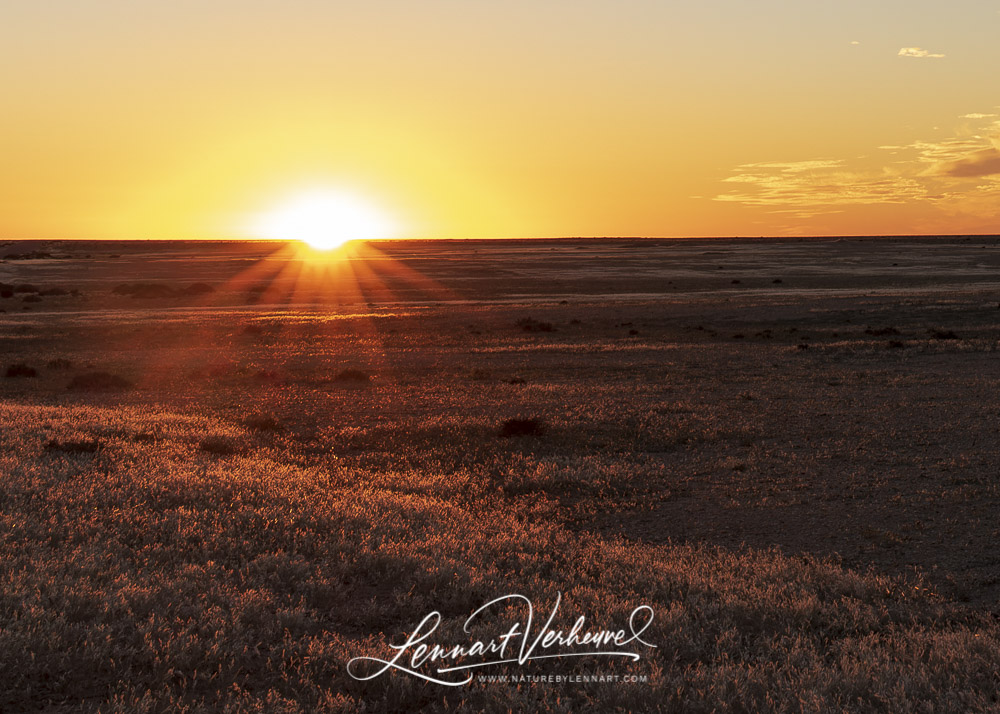
In January I drove around in the Western Sahara for a week to search for a Sand Cat. In my mind the Sahara consisted out of endlessly rolling sandhills, but I turned out to look a bit differently. The landscape is quite monotonous, but has also some big rock formations. With a low sun every landscape looks better anyway. So I also wanted to share a few pictures of the landscape of the Western Sahara.
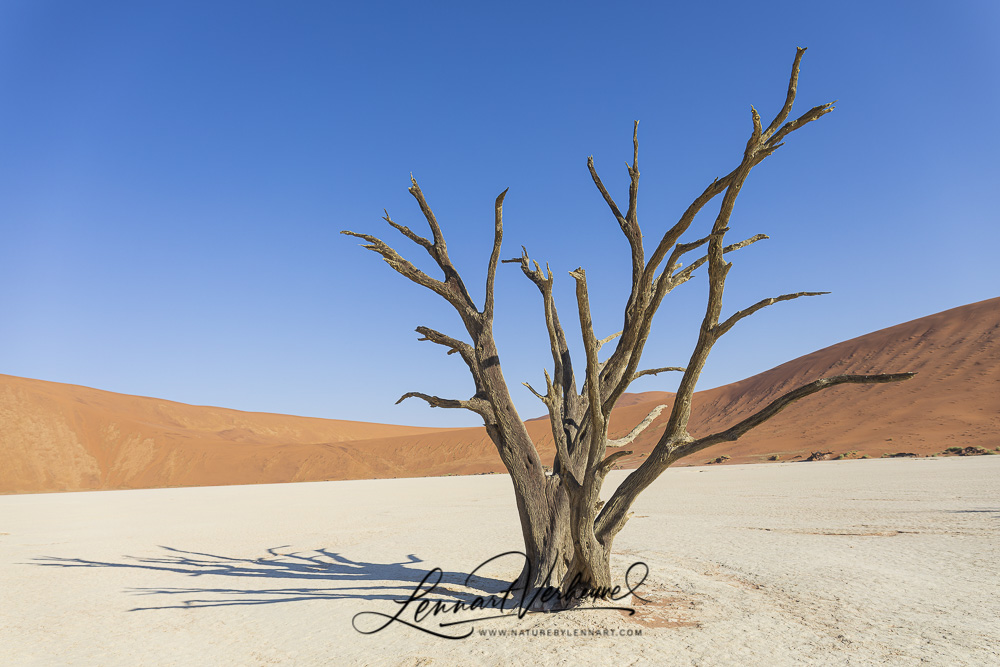
The red desert of Namibia is famous. Here beautifully shaped sand dunes can be seen with a peculiar red colour. The most iconic place is Deadvlei: a plain of white clay surrounded by some of the highest sand dunes in the world, up to 400 meters! The plain has some gnarled acacia trees which give the pictures that iconic look.
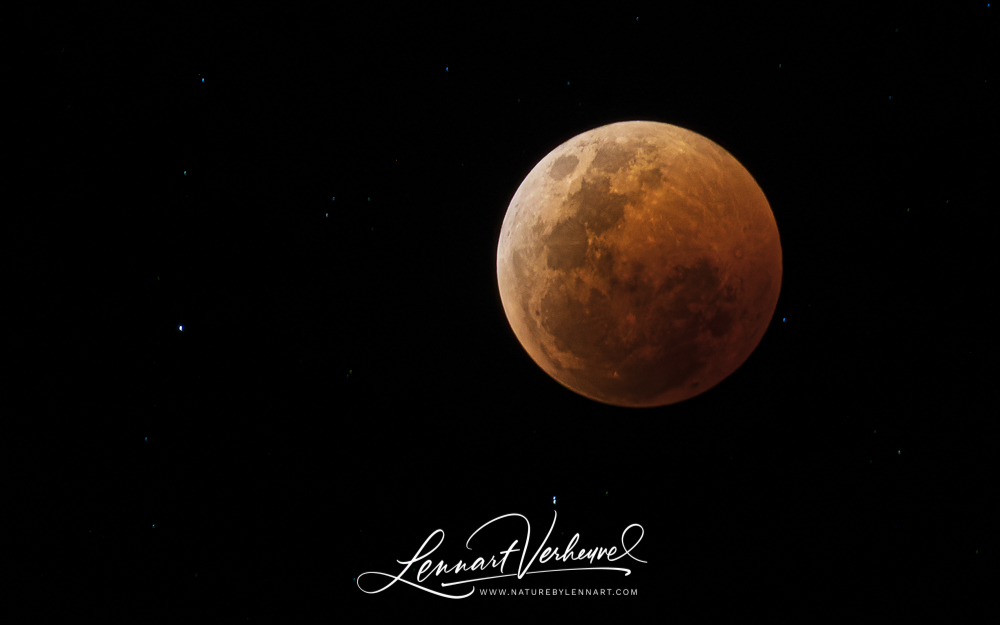
Spitzkoppe is a mountain landscape with all kinds of whimsically shaped rock formations. We’ve set up camp here. Right at our arrival we already enjoyed an amazing sunset.
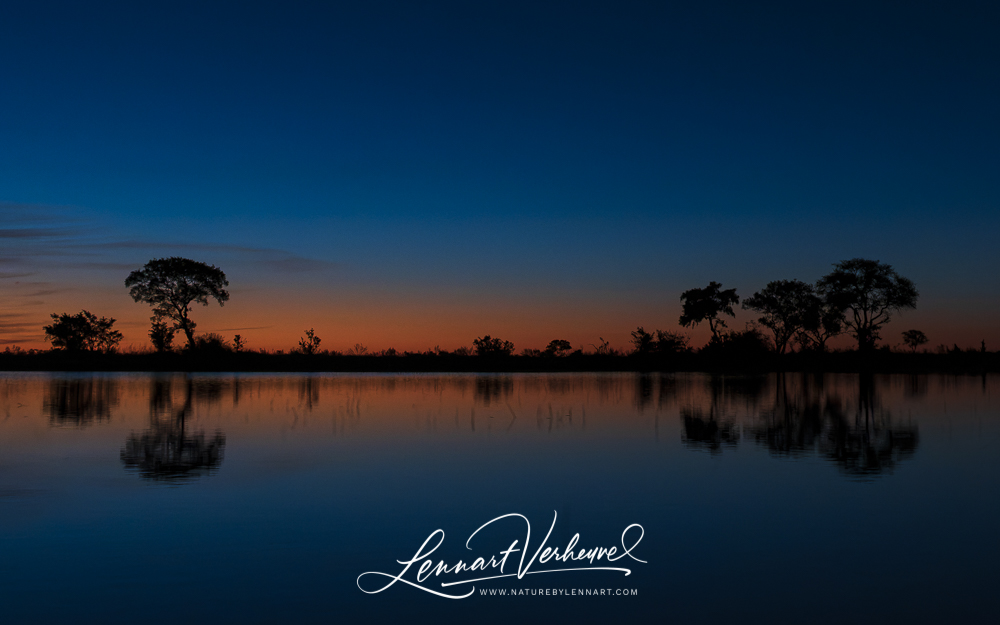
After a week of driving through South-Africa and Botswana we’ve arrived at Okavango. There we can arrange to spend the night in the Okavango Delta. The plan is to go with a motorboat to a local village where we will step into small canoe-like boats, called mokoro’s. From there we will go further into Okavango. It’s already quite late when we finally arrive at the village with the mokoro’s. A traffic accident has caused some delay.
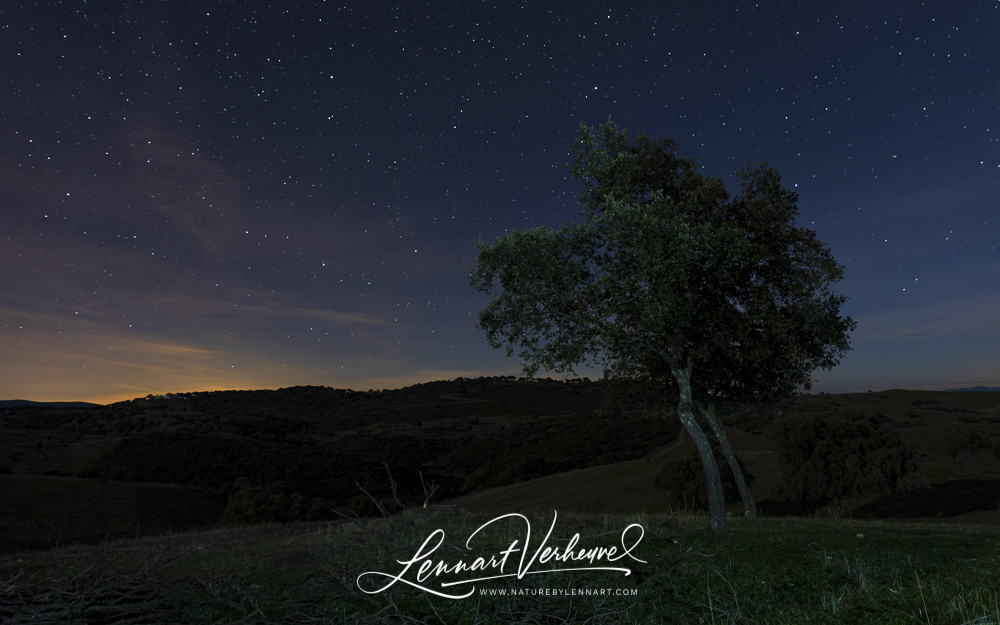
Today was my first day of what would be three days staying in a photo hide with the purpose of photographing an Iberian Lynx. The hides are located in Andujar in Spain. For the night I had the opportunity to sleep at the campsite not far from the hides. I initially thought this would be a regularly used camping, but apparently it’s not very common to go for the camping option during winter. I get permission to sleep in the kitchen of the building next to the camp site.